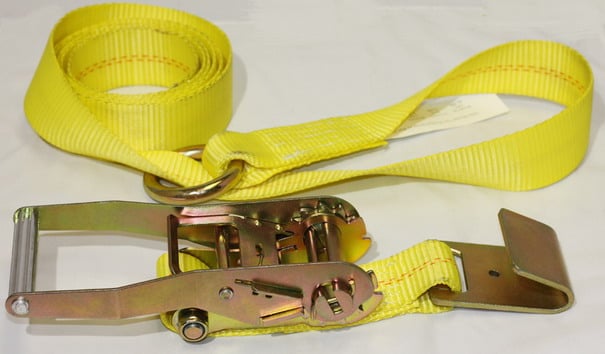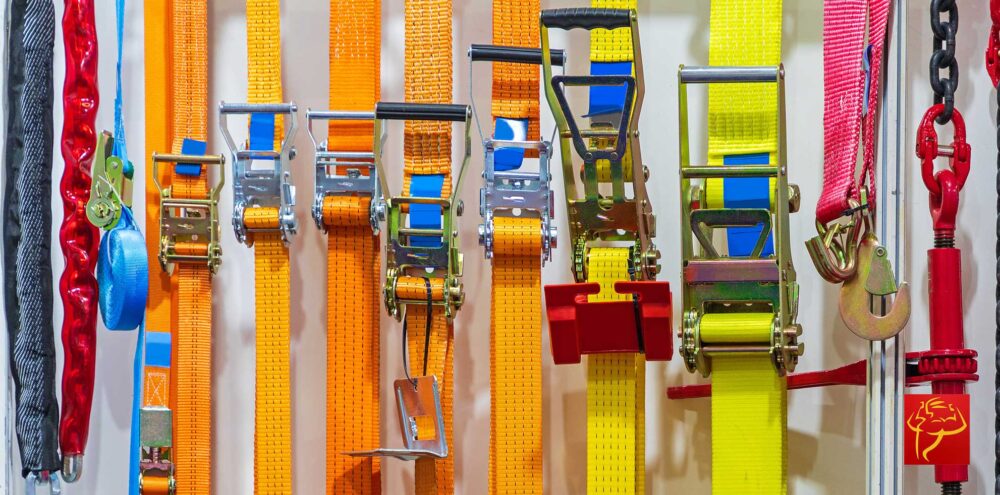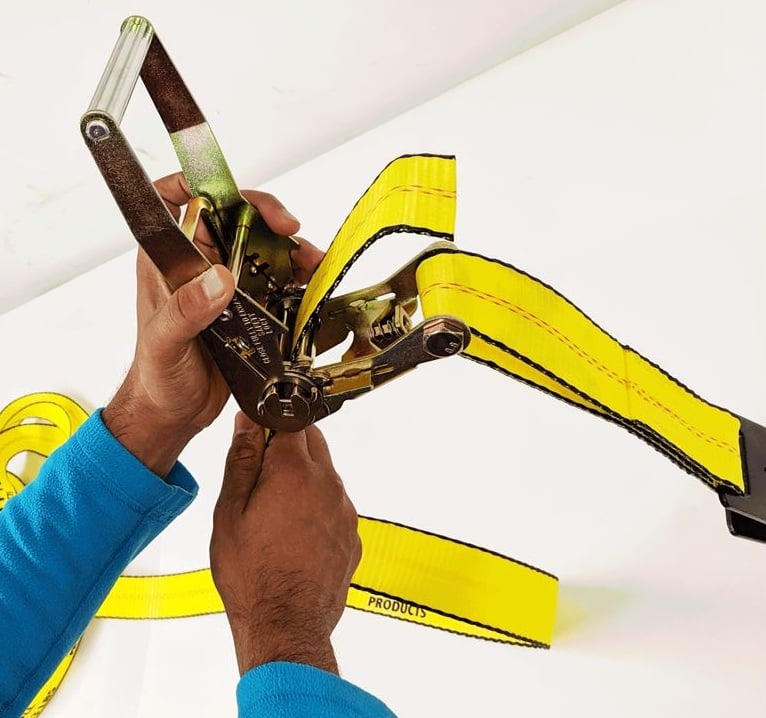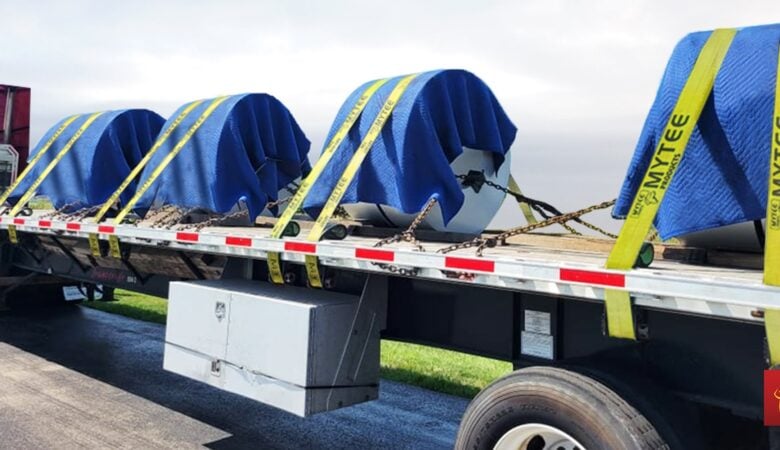Your ratchet straps are among the most important tools you own as a flatbed trucker. Without ratchet straps, you would be left to secure everything you haul with chains and ropes. Imagine the amount of work that would be! Be that as it may, you need to protect your investment in ratchet straps by taking care of each one as though it were gold. we are trying to give some basic tips for ratchet straps.

The thing about ratchet straps is that they are not invincible. They can wear out and break over time. A good goal is to maximize the life of your straps by taking care of them as best you can. To that end, we recommend a handful of easy care and maintenance tips gleaned from experienced drivers who have visited our warehouse. Here are some maintenance and caring tips for ratchet straps.
Maintenance Tips for Ratchet Straps :
1. Keep Straps Out of the Sun
The sun’s ultraviolet rays break down both nylon and polyester fibers. This is what causes ratchet straps to discolor and become brittle. It is best to keep straps out of the sun when they are not in use. For our money, the best way to go is to either store your ratchet straps in an exterior toolbox or somewhere in the back of your cab.
Note that the sun will eventually damage webbing material to a point of reducing its strength. Keep an eye on discoloration as the first signal. When a strap looks unusually pale, be extra vigilant in your visual inspections. Webbing material that has lost almost all its color is probably on its way out.
2. Don’t Store Wet Straps
Mold and mildew are never a truck driver’s friends. They are especially damaging to ratchet straps inasmuch as mold and mildew can weaken fibers over time. Therefore, treat your ratchet straps the same way you treat your tarps in terms of moisture. Never store a wet strap except in an emergency situation. Instead, let it thoroughly dry before putting it away. If you do end up with mold on a strap, do not use a chlorine-based product to clean it. Use a product that is friendly to the webbing material the strap is made of.
3. Remove Webbing from Handles
When taking ratchet straps out of use, be sure to remove the webbing from the handles. This prevents the webbing from getting too tightly wrapped around the spindle or catching on the teeth of the ratchet. You’ll find that your ratchet straps last a lot longer just by following this one simple tip.
4. Wrap Webbing around the Ratchet
With webbing removed from the handle, we recommend wrapping it entirely around the ratchet and securing it with a rubber band. This protects the ratchet from road vibration while also keeping everything in your toolbox neat and tidy.
5. Lubricate the Ratchets
Finally, be sure to lubricate your ratchets with a dry silicone spray or industrial lubricating oil. We recommend against solvents like WD-40, as their lubricating properties are rather short-lived. Whatever your lubricant of choice, use it carefully and sparingly. Do your best to avoid allowing lubricant to come in contact with strap webbing.
As always, thoroughly inspect ratchet straps as you are tying down your load. If you ever question the integrity of a strap or ratchet, don’t use it. You are better off being safe than sorry. Remember that it only takes one failure to create big problems. Those are problems you do not need.
Also, please checkout the video to get more practical information about how to use ratchet straps.
Mytee Products is your source for everything flatbed trucking, including ratchet straps. Before you take to the road for your next job, make sure you have all the straps, tarps, and protectors, and bungee straps you need.











